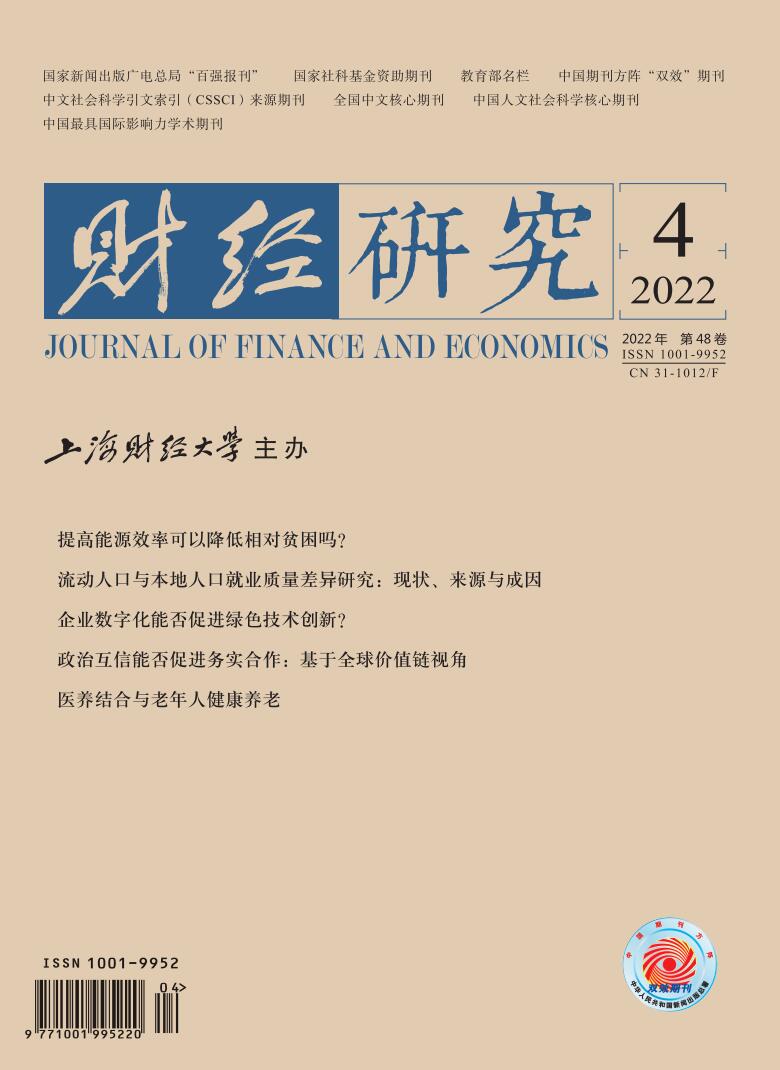“Providing for the elderly and medical care for the elderly” is not only people’s beautiful longing for the life of the elderly, but also an important goal to accelerate the construction of care service system for the elderly and promote the high-quality development of care services for the elderly. With the gradual deepening of China’s population aging, China will continue to face greater pressure in the future. Integrated medical care services are one of the core contents of China’s social care service system for the elderly, and also an important content to realize the high-quality development of care services for the elderly. Its concept is to combine care services for the elderly with medical and health service resources to provide residents with a comprehensive “Five-in-One” service of “Care – Medicine – Health – Care – Hospice Care”. Based on the review of China’s integrated medical care service policy and theoretical mechanism, using the data of CHARLS 2015 and 2018, and taking the national integrated medical care service pilot established in 2016 as a quasi-natural experiment, this paper empirically tests the impact of community home-based care services on the health care of the elderly by using the DID method. The study finds that community home-based care services improve the health self-assessment of the elderly, optimize the utilization of medical services for the elderly, and significantly promote the chronic disease management and outpatient visit and follow-up probability, but there is no significant improvement in the physical function and mental health of the elderly. This conclusion is still significant after considering a series of robustness tests such as changing sample identification strategy, policy spillover and placebo test. The service effect is affected by the individual factors (age, gender, income, marital status) and intergenerational factors (residential area, number of children, whether there is child care, education level of children) of the elderly. In terms of the mechanism test, physical examination, daytime care, door-to-door visit and entertainment services significantly improve the health self-assessment of the elderly, promote chronic disease management, optimize the utilization of medical services for the elderly, and improve the mental health level of the elderly. This paper believes that integrated medical care services should resort out the main behavior logic, gradually optimize the top-level design, improve the connection of related systems, and build a dynamic adjustment mechanism for the multi-dimensional connection between integrated medical care service mode, service mechanism and service demand; clarify the actual needs of people at different levels in integrated medical care services, break down institutional barriers, improve the connection ability between resources and policies and systems, and further summarize the pilot experience on this basis. This paper provides a reference and basis for further summarizing the practical experience of pilot areas, forming the basic system of integrated medical care services, further accelerating the summary and promotion of the pilot scope and practical experience of integrated medical care services, and comprehensively improving the high-quality development of integrated medical care services.
 / Journals / Journal of Finance and Economics
/ Journals / Journal of Finance and EconomicsJournal of Finance and Economics
LiuYuanchun, Editor-in-Chief
ZhengChunrong, Vice Executive Editor-in-Chief
YaoLan BaoXiaohua HuangJun, Vice Editor-in-Chief
Integrated Medical Care Services and Health Care for the Elderly
Journal of Finance and Economics Vol. 48, Issue 04, pp. 124 - 138 (2022) DOI:10.16538/j.cnki.jfe.20211216.401
Summary
References
Summary
Cite this article
Gao Peng, Yang Cuiying, Zhou Cai. Integrated Medical Care Services and Health Care for the Elderly[J]. Journal of Finance and Economics, 2022, 48(4): 124-138.
Export Citations as:
For
ISSUE COVER
RELATED ARTICLES




 7509
7509  8561
8561

